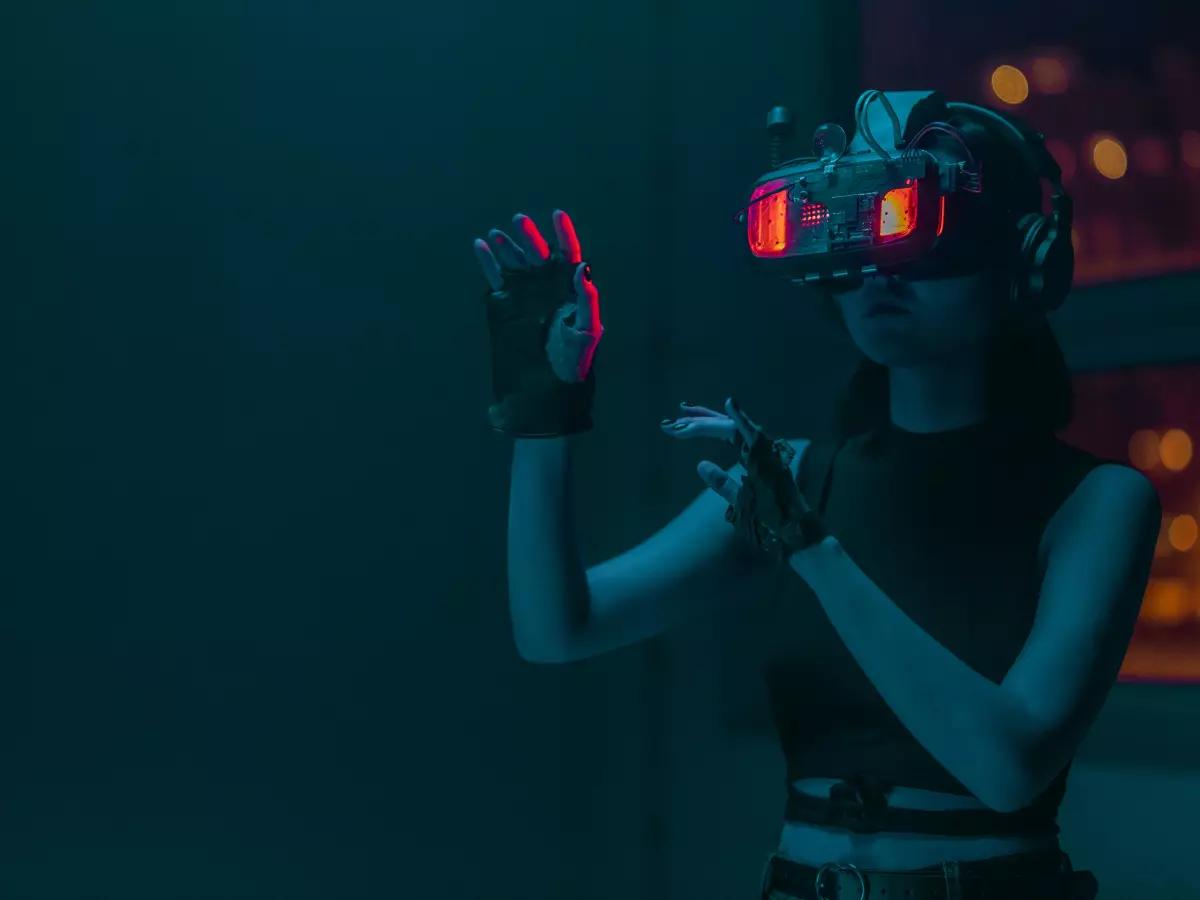Reimagining Cities
What do ancient Roman aqueducts and cutting-edge AI algorithms have in common? Both are revolutionary tools for shaping the cities of their time.

By Nina Schmidt
When we think of urban planning, we often picture blueprints, zoning laws, and maybe a few frustrated city council meetings. It’s a field that feels as old as civilization itself, steeped in tradition and bureaucracy. However, a new wave of innovation is sweeping through this space, led by a visionary who’s bringing artificial intelligence into the mix. Forget the slow grind of traditional urban planning—this is the era of smart, responsive, and sustainable cities.
Meet Dr. Elena Morales, a computer scientist turned urban planner who’s on a mission to revolutionize how we design and manage cities. With a PhD in machine learning and a passion for sustainable living, Morales has fused her expertise to tackle one of humanity’s oldest challenges: how to create cities that work for everyone. Her work is turning heads in both tech and urban planning circles, and for good reason.
Morales’ journey into urban planning wasn’t exactly linear. She started her career in Silicon Valley, developing algorithms for autonomous vehicles. But after a trip to her hometown in Mexico, where rapid urbanization had led to overcrowding and poor infrastructure, she had an epiphany. "I realized that the same AI tools we were using to navigate cars could be used to navigate urban challenges," she recalls. And just like that, her focus shifted from cars to cities.
AI Meets Urban Chaos
So, what exactly does AI-powered urban planning look like? Picture this: a city where traffic lights adjust in real-time to reduce congestion, where public transportation routes are optimized based on commuter behavior, and where energy usage is monitored and adjusted to minimize waste. Morales’ flagship project, SmartGrid City, is already making this a reality in several pilot locations.
Using a combination of machine learning, big data, and IoT (Internet of Things) devices, SmartGrid City creates a digital twin of urban environments. This virtual model allows planners to simulate different scenarios—like population growth or natural disasters—and see how the city would respond. "It’s like having a crystal ball," Morales explains. "Except it’s powered by data, not magic."
One of the most impressive aspects of Morales’ work is its focus on inclusivity. Traditional urban planning often overlooks marginalized communities, but Morales’ AI models are designed to prioritize equity. For instance, her algorithms can identify areas with limited access to healthcare or education and propose solutions that are both efficient and fair. "AI doesn’t have biases," she says. "But the data we feed it does. That’s why it’s crucial to use diverse datasets and involve local communities in the planning process."
The Challenges of Innovation
Of course, not everyone is thrilled about the idea of AI taking over urban planning. Critics argue that relying too heavily on technology could lead to a loss of human oversight and creativity. There’s also the issue of data privacy—after all, creating a digital twin of a city requires collecting vast amounts of information about its residents.
Morales is the first to acknowledge these challenges. "AI is a tool, not a replacement for human judgment," she says. "Our goal is to augment human decision-making, not replace it." To address privacy concerns, her team uses anonymized data and works closely with local governments to ensure transparency. "Trust is key," she adds. "Without it, even the best technology won’t succeed."
The Future of Cities
Looking ahead, Morales envisions a future where AI-powered urban planning becomes the norm rather than the exception. She’s already collaborating with international organizations to scale her projects globally, with a particular focus on developing countries. "These are the places where smart planning can have the most impact," she says. "It’s not just about making cities smarter—it’s about making them more livable for everyone."
Her work is also inspiring a new generation of urban planners to embrace technology. Universities are now offering courses in AI-driven urban design, and Morales frequently speaks at conferences to share her insights. "The more people we have working on these problems, the better," she says. "This isn’t a one-person job—it’s a global effort."
So, the next time you’re stuck in traffic or waiting for a late bus, take a moment to imagine what the future could look like. Thanks to innovators like Dr. Elena Morales, that future might be closer than you think. And who knows? Maybe one day, your city will be a SmartGrid City, too.





